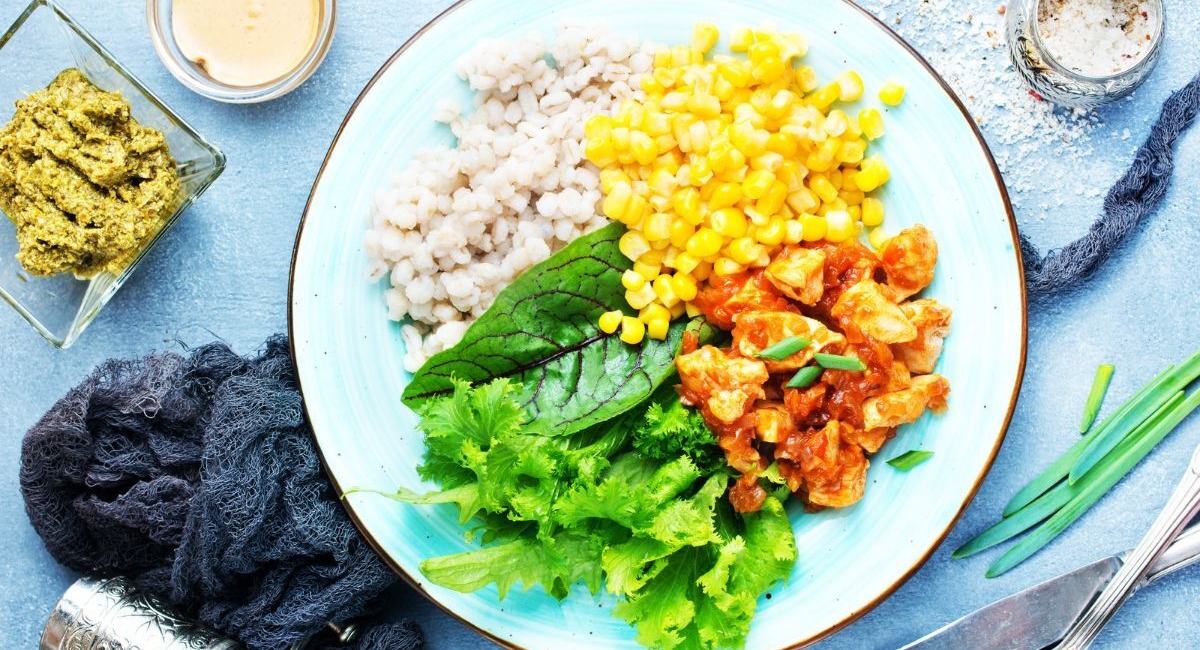Here is your Step by Step Guide to Making a Balanced Meal, According to a Dietitian

Finding Balance
Balance exists in so many different forms. It is used to create art, happiness, engineering... the list is endless. But the balance we will be talking about today is Nutritional Balance.
According to Oxford, the definition of Balance is an even distribution of weight enabling someone or something to remain upright and steady."she lost her balance and fell"
A 'Balanced Meal' is a meal with the appropriate distribution of nutrients to support your health and wellbeing.
One of the most common questions I receive as a dietitian is, 'how do I make a balanced meal?'. So, here is my step-by-step guide to achieving the perfect balance on your plate.
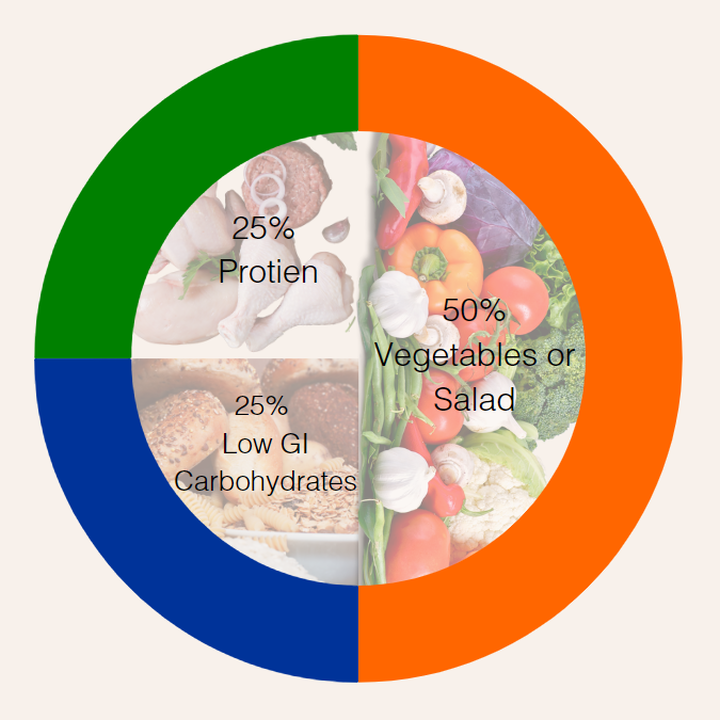
The Details
Before we get into the steps, let's see what a balanced meal looks like.
The key food groups that make up a balanced meal are low GI carbohydrates, lean protein, plenty of coloured vegetables, and a healthy fat source.
Including these food groups on your plate will ensure your meal provides you with a broad range of antioxidants, anti-inflammatories and fibre, which make the meal filling without providing extra calories.
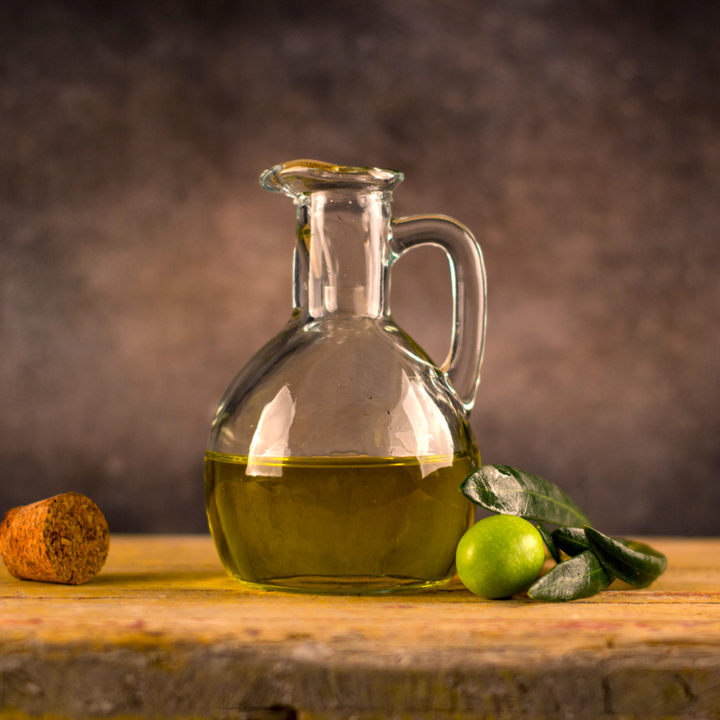
Step One
No matter the kind of meal you are making, add Extra Virgin Olive Oil. This oil is one of the best and healthiest oils we can use. It contains high levels of antioxidants and polyphenols (which can help protect from heart disease and reduce the risk of developing other chronic diseases). An added benefit of Extra Virgin Olive Oil is that it can make a meal much more satisfying, which can help you lose weight if that is one of your goals.
Aim to include 2-3 Tablespoons across your meals daily.
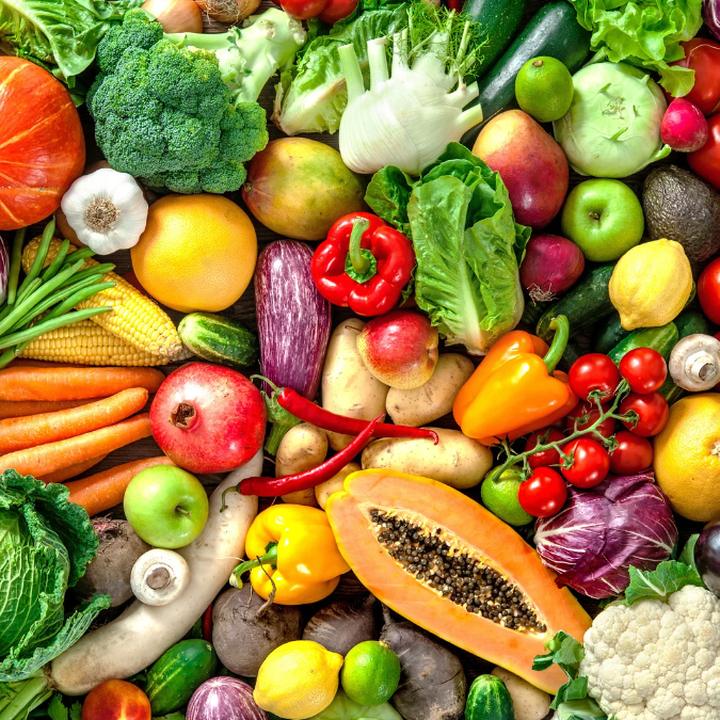
Step Two
Fill half of your plate with vegetables or salad. This will ensure you are getting enough fibre, which helps feed your good bacteria and keep you fuller for longer, and that's not to mention the host of other benefits you can get from a diet high in fibre. For example, regularly eating 5 servings of vegetables a day can improve your skin and eyesight; they can be anti-inflammatory and boost your immune system. It seems like a no-brainer argument for half that plate to be packed with vegetables. The wider the range of colour on your plate, the better the health benefits too!
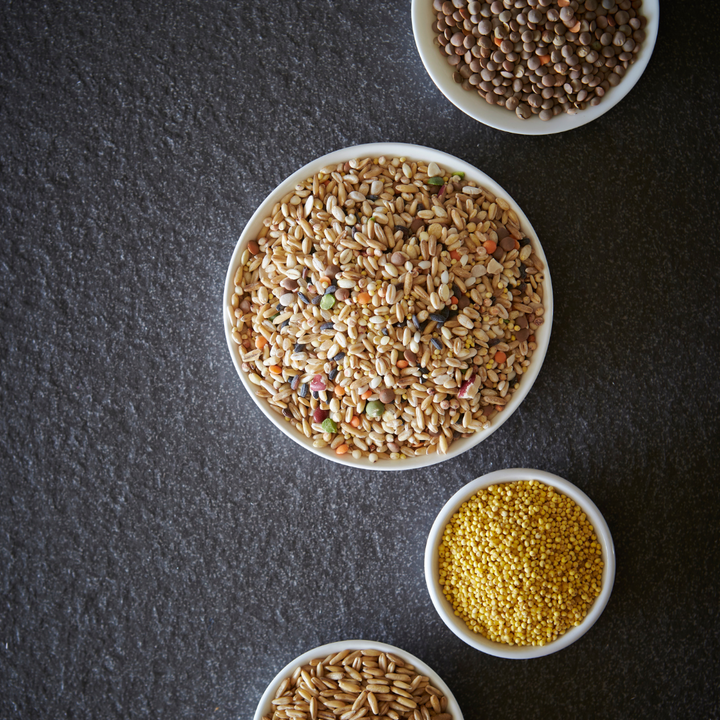
Step Three
Fill a quarter of your plate with a low-GI carbohydrate, such as whole grain or multigrain bread, pasta, beans or lentils. Choosing a Low-GI option helps keep your blood sugar levels stable (reducing your risk of developing Type 2 Diabetes), reduce cholesterol, improve mood, and help support weight loss.
Wholegrain foods also help you feel fuller for longer, which is great for decreasing snack cravings! Grains and seeds are your friend!
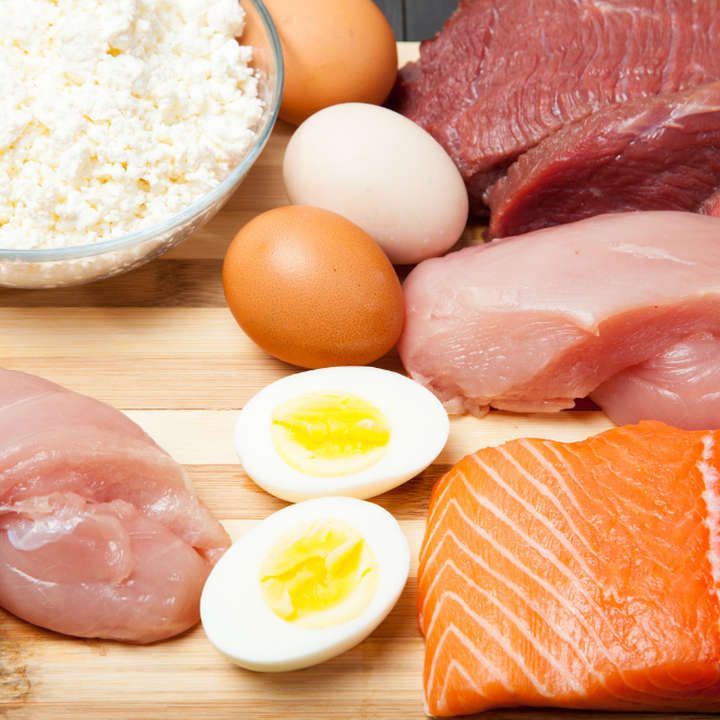
Step Four
Fill the final quarter of your plate with a lean protein - choose fish, legumes, eggs or chicken more often than red meat. These protein sources are vital as they can provide omega-3 oils - which have been shown to improve cholesterol levels. Legumes get an extra gold star for also being shown to improve gut and bowel health.
While red meats get a red cross for their links to increased risk of heart disease, cancer, and type 2 diabetes.

The Final Step
Spice it up! Herbs and spices are essential to ensure the meal tastes great without adding too much salt. Herbs and spices have also been shown to provide rich flavour-giving and bioactive components, including phenolic compounds with antioxidant properties.
Using a wide range of herbs and spices in meal preparation has too many health benefits to list here. But every herb has its benefits; for example, Ginger is known for its anti-nausea effects and is great for pregnant women suffering from morning sickness.
Putting it all Together
Now that you know the balance, it is time to put it into practice! Evaluate recipes based on the half, quarter, and quarter ratio, with added healthy fats, plus herbs and spices for flavour, and you will confidently say you have found balance.
